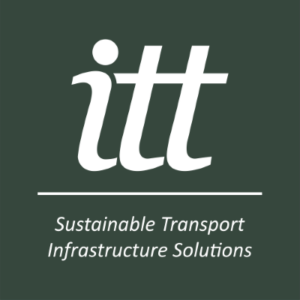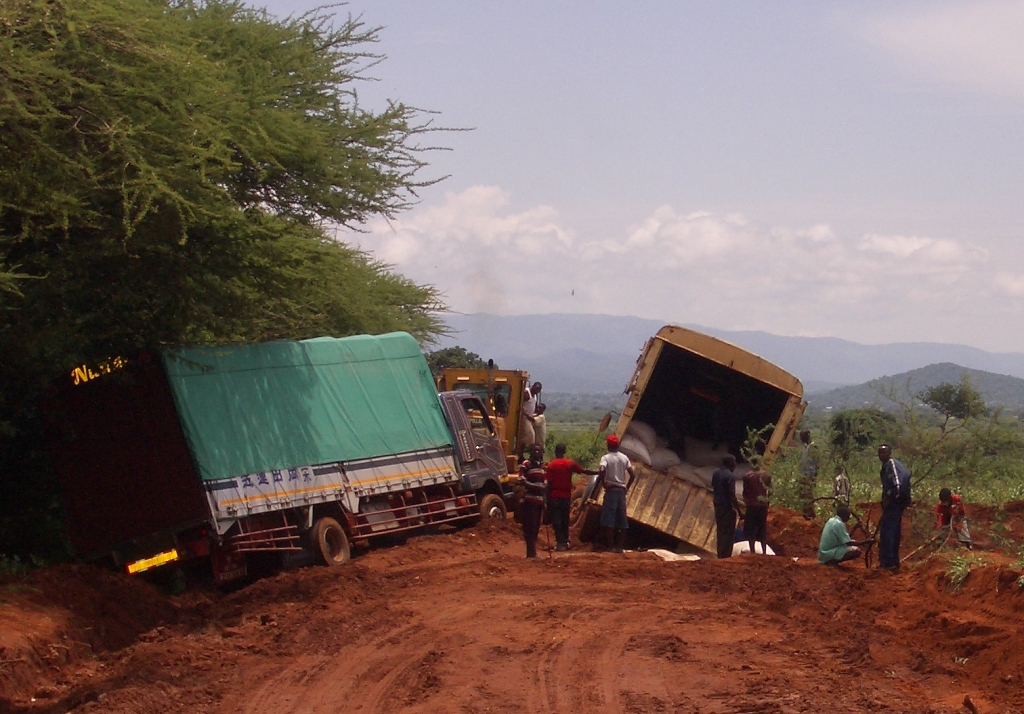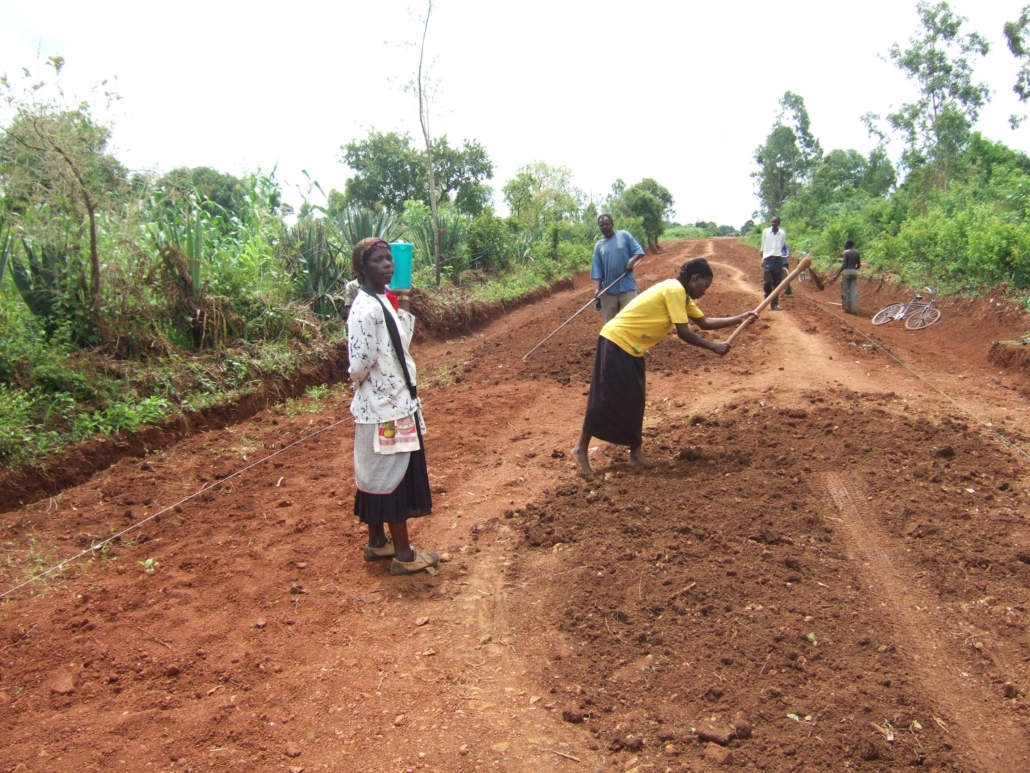Why Planning, Design and Engineering are really the Silent Partners in Infrastructure Development
ITT, now at 40, traces its journey from a purely technical unit to a diversified consultancy. From addressing local challenges to tackling political, financial, and management issues in infrastructure development, lessons abound.
More....
As ITT has now turned 40, we thought it might be of interest to explain a little bit of how and why we have transitioned over the years from a purely technical unit, to one that also has significant experience in management consulting, in addition to some of the lessons learnt along the way.
Like many of us approaching or passing through middle age, I.T. Transport Limited started its working life idealistic and full of notions of making the world a better place. Back in those days, we were almost exclusively interested in resolving technical types of challenges as we believed that resolving these was the major development challenge.
So, problems with access to your remote village? No problem, we will design you a road and oversee its construction. Can’t get to the nearest health centre in the wet season? No problem, we will design and supervise the construction of a bridge over the river for you. These are the sort of projects that defined our early growth. However, in addition to these highly localised projects, we also wanted to make real, lasting change in the places we work, on a larger, longer-term basis, but time and again we would run into the same brick wall – local politics.
Building roads to improve access for a community will always be work that is both important and close to our heart, but the bigger challenge is much more than this, and starts with the fundamental question of: How do you maintain the road after construction in the long-term?
In many places where we have worked, a single wet-season can turn a newly built road into a muddy mess, with blocked drainage systems, and overloaded vehicles destroying it in fewer trips than you can count on one hand. So, we began shifting our focus in the direction of maintenance of existing infrastructure, in addition to planning, designing and construction. This involved change in our intervention strategies including undertaking more capacity building with engineers and technicians on road construction and maintenance, and up-skilling locally, so the know-how of what to do was there. Whilst this was essential work, and indeed work that we still do to this day, and are proud to continue doing, it led us to yet another even more fundamental problem: How are you going to pay for the ongoing maintenance?
To set the scene, in many locations where we have worked, and especially in rural areas, the local economy is informal and cash-based. This makes taxation a major challenge. Rural poverty also makes communities more resistant to taxation due to having lower incomes and, in some cases, a learnt mis-trust of taxation in general, based on the experience of making tax contributions in the past but seeing little or no return. Thus, if it is going to be a problem that is solved by generating funds through local taxation alone, then logically you are going to need additional funds from elsewhere to pay for the maintenance, which will need to come from the Government. This then led us to our largest and most challenging hurdle of all: How do you convince Governments that maintaining road networks is worthwhile doing in the first place?
From a Government’s perspective, there are so many competing demands for funding; healthcare, education, defence, social welfare, and the list goes on. So, why spend it on maintaining a rural road, or indeed any road? The best argument we have been able to come up with is an economic one; namely that if you invest strategically in roads, you improve the local economy, and by-proxy, the national economy. So there then becomes more money in circulation that can be taxed, which will go to the treasury. If you start to multiply that out across a whole country you will see significant economic benefits, including lower costs of transport, reduced production costs, and the possibility to export agricultural products, and so on. However, there is a problem with this argument. No matter how much we can use an economic model to demonstrate savings and future economic growth, an initial injection of a large amount of money to improve a road network to a better standard, followed by a much lower recurring amount for maintenance, is always required. Whilst it is true that a Government can loan the money to make the upgrades and then benefit from the ensuing economic growth to generate more taxation to repay for the maintenance and loan repayments, reaping the benefits in any noticeable way takes more than 5 years.
It is plausible to say that any Government should commit the funding required to preserve and enhance the road network, but this is often far from straight forward. In a genuine Democracy (i.e., one in which the number of votes made in an election are represented in the number of votes declared in the results), acting purely in the best interests of your voters is unlikely to get you re-elected. What actually gets you re-elected is appearing to do the right thing, at least in the minds of the electorate, and the media. You see, maintenance has a bit of an image problem: there is no high-profile news story in clearing out mud and debris from culverts along 300 kilometres of rural road; and there is no high-profile news story in optimising the use materials in re-grading the road after the wet season has passed. However, opening a new road, an airport terminal, a hospital, a university and being there in person to cut the ribbon itself, with as much fanfare as possible – that gets attention, media interest, tweeted and shared all over the country – is what gets you re-elected. If that same road falls apart within the next 5 years, it will be unlikely to do much harm politically, as the road being impassable is not really much of a story. In some countries where the human need for economic stability is greatest, the need for change is what wins elections, so the chances of getting a second term are unlikely anyway. Not that this will stop the incumbent.
So, it was within this much bigger picture and wider realisation that we began working more directly with Governments and Development Partners to figure out how to overcome this challenge in particular; as an example, to convince Governments that undertaking road maintenance is a worthwhile activity, which should have a budgetary commitment. This type of work continues to be a major part of our project portfolio, and whilst it is extremely challenging, is also extremely rewarding when it is successful.
However, once a Government makes such a commitment, the challenges of delivering the desired road service are no less daunting, though that will be another blog entry entirely.
The key lessons from our experiences are:
1. A lack of good quality infrastructure in general, and in this case road maintenance in particular, is primarily a political, financial and management problem rather than solely a planning and/or designing and/or engineering problem.
2. Seeing any serious and long-lasting improvements in your field of expertise or area of interest is highly dependent on navigating the political dimension, which can be regarded as both the most fundamental and the most difficult to address.
3. Knowing something is a great idea and being able to prove it is not necessarily enough to convince a Senior Decision Maker to go along with it. Knowing which elements of the change you are advocating for will appeal to your intended audience, is essential.
4. Making any meaningful change at the political level will require a significant amount of effort, determination and patience over a long period of time. Managing your own expectations from the outset to deal with the competing demands of being ambitious yet realistic is critical if the change you are seeking is going to have any chance of success.





